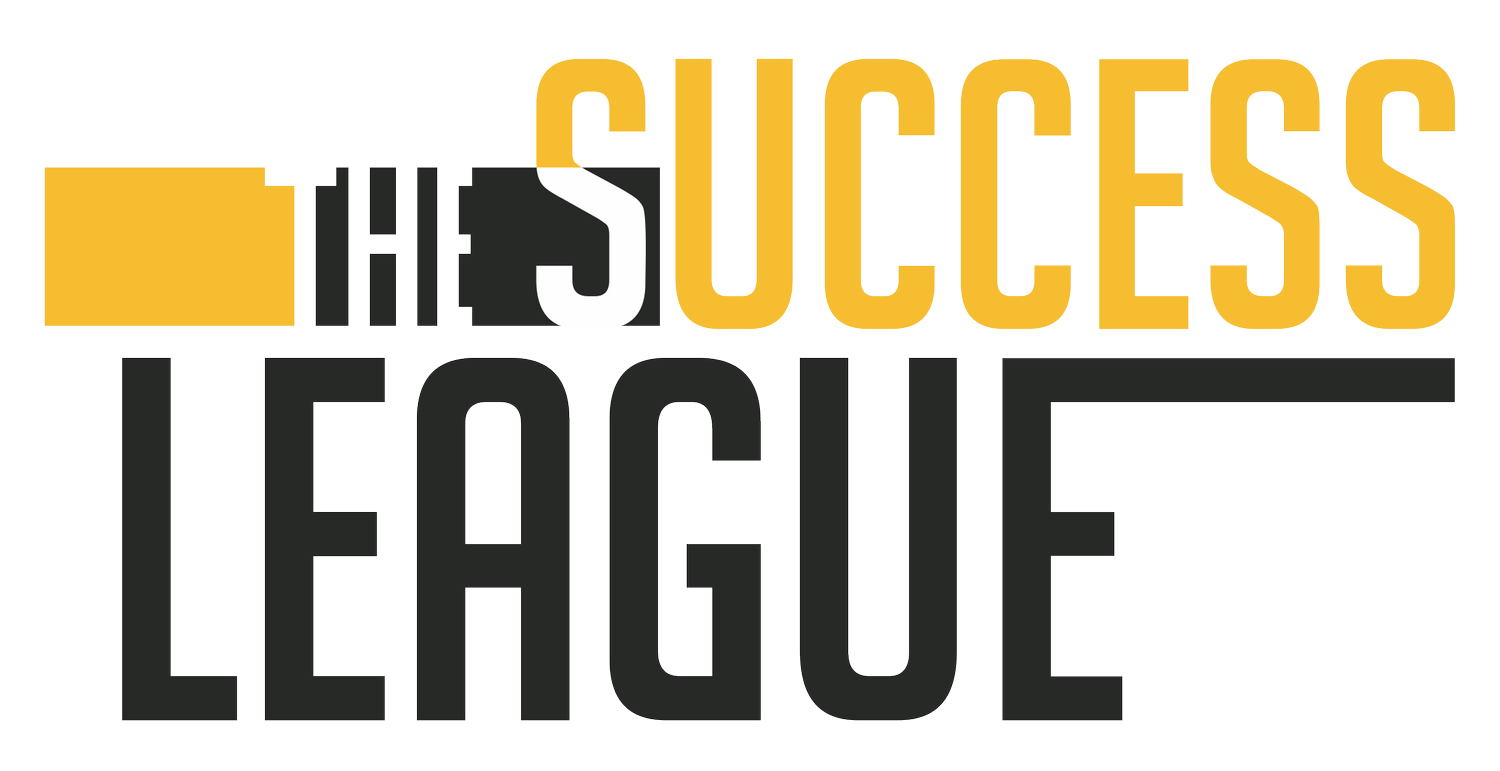Getting the Most from External Training
By Kristen Hayer
Sending your team to external training is a smart investment. It brings new ideas into the organization, exposes your people to outside perspectives, and often lights a spark of motivation. But that spark doesn’t always turn into sustained fire. Without follow-up, new skills rarely stick. And when skills don’t stick, training becomes an expense rather than a growth driver.
Leadership Engagement: Learning Starts at the Top
If managers treat training as optional or merely a checkbox, their teams will too. When leaders attend alongside their team, participate actively, and highlight their own takeaways, they send a clear message: learning is part of how we work and lead. This kind of visibility helps create psychological safety, invites curiosity, and shows that growth is valued; not just by words, but by actions.
Application: Turning Learning into Practice
Training without application is like buying tools and never using them. To maximize value, follow-up is essential. Here are three practical levers:
Role-playing exercises: After training, have your team simulate key moments like renewals, value conversations, escalations. These safe practice sessions build confidence.
Follow-up workshops: Schedule a session 30 to 60 days later to revisit the topic, surface successes and roadblocks, and apply lessons to live accounts.
Short-term goals: Set specific, measurable goals tied to the training. For example, “Use the new value metric in five segment-A accounts this quarter.” These tie learning to real work and drive accountability.
Accountability: Reinforcing Learning Through Testing and Feedback
One of the most overlooked steps is testing what people learned. Testing confirms retention and understanding. Research from Harvard Business School Online shows that organizations with targeted employee training saw a 17 percent increase in productivity and a 21 percent boost in profitability. That level of impact begins when learning is reinforced and applied. Testing can look like:
A short quiz following the training to check key concepts.
A peer-teaching moment where participants present a lesson back to the group.
Tracking behavior changes through metrics. For example, number of value-based conversations or renewal lead times.
When you measure learning and application, you connect training time to real business results.
Integration: Making External Learning Part of Team Culture
To get the most from external training, it must be integrated into your team’s learning rhythm. Consider these approaches:
Pre-brief before training: Identify business goals that align with the training agenda. This sets direction and aligns expectations.
Peer sharing post-training: Have participants share key takeaways in a team forum or newsletter. That reinforces learning and spreads the impact.
Learning library: Maintain a repository of resources: Links to slide decks, Micro-learning modules, and Tracking which topics your team wants next.
Recognition: Celebrate those who apply new skills. Recognition reinforces the importance of training and encourages others to try.
Action Items for CS Leaders
Attend the next external training session with your team and share your take-aways afterwards.
Within 30 days of training, hold a workshop to apply a key concept and set a related goal.
Create a simple quiz or peer-teaching moment to assess what was retained from training.
Add a learning note to your team meeting agenda: “Who applied a new skill this week and what was the impact?”
Recognize one person each month whose training application made a visible difference.
Why This Matters
External training can be pivotal. But if it stops at "event completed," it fails to deliver. When your leadership is engaged, your team puts new skills into practice, and you measure what matters, training becomes a driver of growth: Not just for your people, but for your customers and your company.
In customer success, we talk about value delivery. The same principle applies to learning. If your training program moves from one-time event to one-time investment plus ongoing action, you build a team that is curious, capable, and ready for change. That is a team that wins.
The Success League is a botique cutstomer success training and consulting firm. We offer expert-led CSM and CS Leadership certification courses. 2026 classes are coming soon! Click here to discover more about all of our training programs.
Kristen Hayer - Kristen is the Founder & CEO of The Success League, a global, customer-focused consulting and training firm. Kristen’s background includes leading award-winning sales, marketing, and customer success teams in early and growth-stage tech companies. She is the host of several podcasts on CS and leadership, and has written over 100 articles on the field of customer success. The book she recently co-authored with 5 other CS thought leaders - The Customer Success Talent Playbook - recently hit #1 on Amazon in 5 categories. Kristen received her MBA from the University of Washington and splits her time between San Francisco and San Felipe, Mexico.


